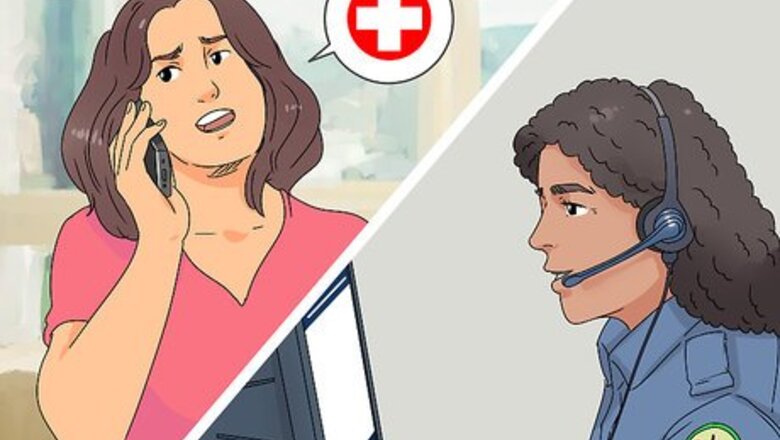
views
Treating a Venomous Snake Bite

Call emergency services or shout out for help. If you are alone but can move safely, go for help. Most snake bites aren't dangerous, but when you do get bitten by a venomous snake, getting medical care as soon as possible is imperative. First responders will know the types of snakes found in the area and will be best equipped for the most appropriate treatment. Either call paramedics or get to an emergency room right away. You will not necessarily be able to determine if a snake bite is from a venomous snake by just looking at the bite. It is best to get medical help right away, no matter what the bite looks like. Remain as calm as possible. Panic will increase your heart rate and if the snake is venomous, the increased heart rate will just spread the venom through your body faster. Try and stay as calm and quiet as possible. If you're able to, call the National Poison Control Center (1-800-222-1222) for advice while you wait.

Take note of the snake's appearance. First responders and emergency physicians will need the description in order to determine if the snake was venomous. If possible, get a picture of the snake or at least have a fellow hiker also take a mental picture of the snake to verify what you've seen. Don’t try to catch the snake-- snakes are very fast and unless you are an experienced snake catcher, they have the advantage. Don't walk toward the snake or spend a lot of time trying to get a better look at it if you are still in harm's way. This is not safe. Simply look at the snake quickly and then move away.
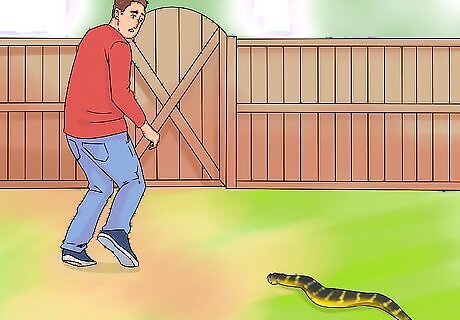
Move away from the snake. You should immediately get out of the snake's range, so you don't get bitten a second time. Get to a safe spot a fair distance away from the site where the bite occurred. However, do not run away or move too far. Your heart will start pumping faster if you move too quickly, spreading the venom more quickly through your body. Move to a place where the snake is not likely to return. Find a flat boulder a bit above the path, a clearing, or another area without a lot of hiding places for snakes. Try to remain as still as possible once you have reached a safer area.

Immobilize and support the area of the bite. Do not apply a tourniquet but do restrict movement in the bitten area. Also keep the area at or below the level of your heart. This will help make sure that if it was a venomous snake the spread of the venom is slowed down. Keeping the bitten part of you below the level of your heart slows down the flow of any affected blood towards the heart, which would then pump the venom throughout your body. If you can, fashion a splint to keep the area surrounding the bite from moving. Use sticks or boards and place them on either side of the bite area. Then tie a piece of cloth at the bottom, middle, and top of the boards to keep them in place.

Remove clothing, jewelry, or constricting items. Bites from venomous snakes can cause rapid and severe swelling. Even a loose piece of clothing can become too tight as the bite area swells.
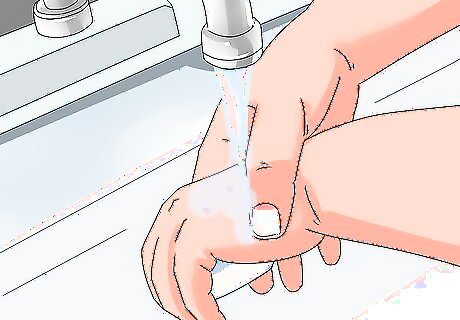
Clean the wound as best as you can, but don’t flush it with water. Take a clean cloth soaked in water and clean the wound gently but as thoroughly as possible. When the wound is clean, cover it with a clean cloth.

Wait for, or go for, medical help. The best you can do is find medical help as soon as possible. The good news is that once you have cleaned the wound and have removed any jewelry, if there is little or no swelling, the bite is less likely to be from a venomous snake. However, even if this is the case there is still a risk of infection or a serious reaction, including allergic reactions, so you still need medical attention as soon as possible.
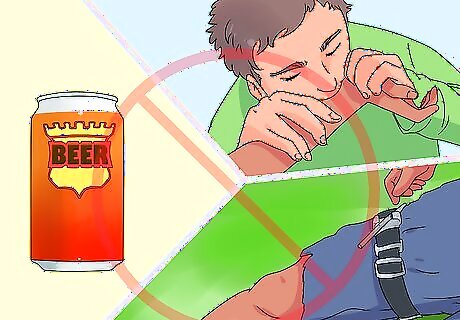
Avoid steps that will worsen your situation. There are a lot of myths about how to care for a snake bite and some of these myths could actually make your situation worse. Don't try to cut or suck the venom out. Cutting the wound could cause more problems and increases the risk of infection. Anyone sucking out venom may actually swallow some and be poisoned themselves. Don’t use a tourniquet or use ice on the wound. Experts believe that a tourniquet could potentially restrict blood flow too much and ice can increase the damage to the wound. Don’t drink any alcohol or caffeine-- this can increase your heart rate and spread any venom that may be there. Instead, stay hydrated with water.
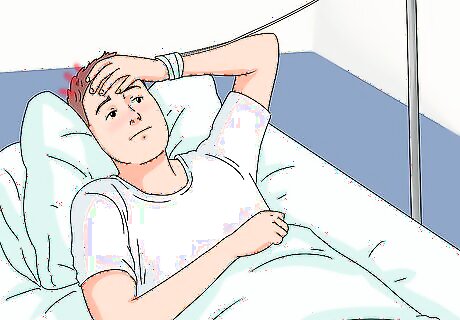
Understand the medical care you should receive. At the ER, you will be treated for swelling, pain and any symptoms of a venomous snake bite. These symptoms include nausea, dizziness, numbness and any difficulty breathing or swallowing. The ER will also observe you for drops in blood pressure, any signs of damage to the blood or nervous system, allergic reactions, and swelling. The treatment will depend on any symptoms you develop. If no symptoms develop, you may still be kept for a 24-hour observation period because in some cases it takes that long for symptoms to develop. If the snake that bit you is venomous, you may get treated with antivenin (aka antivenom or antivenene). This is a combination of antibodies made to counteract snake toxins and has been shown to be safe and effective in both adults and children. Depending on symptoms, you may get more than one dose. You will also likely be prescribed a broad-spectrum antibiotic to make sure the wound does not get infected. A tetanus shot may also be given. For very severe snake bites, surgery may be required.
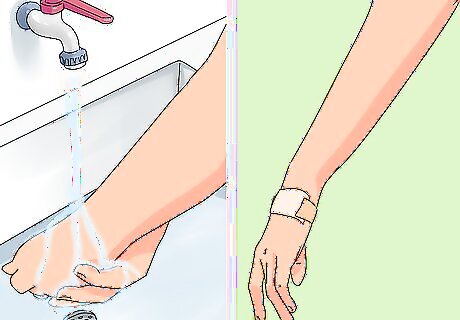
Follow recommendations for continued care of the bite. By the time you are released from the hospital, your main concern should be keeping the snake bite area cleaned and covered and following medical instructions for wound care. These instructions should include how often to change the dressing, how to clean the healing wound (usually warm water and soap), and how to recognize a possible infection. Signs of possible infection include swelling, tenderness, redness, drainage, and heat coming from the infected area, or a new fever. If you experience any of these symptoms at the site of the snake bite, call your physician as soon as possible.
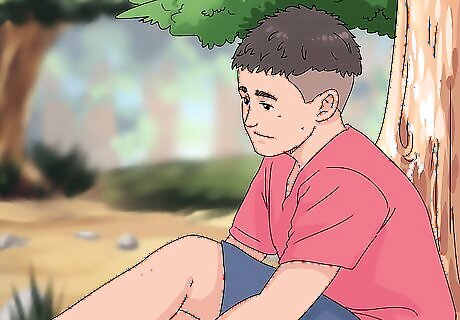
Stay calm and wait it out if you cannot reach medical care. If you're out in the wilderness, with no hope of paramedics getting there soon, the best you can do is get as comfortable as possible and wait for the venom to leave your system. In most cases, snakes don't inject enough venom for the bite to be fatal. Treat the individual symptoms that may occur, and most importantly, stay calm and move as little as possible. Fear of snakes and the anxiety that follows being bitten are often what leads to fatalities, since a pounding heart makes the venom spread more quickly. If you're out hiking and see other people, ask if they can call or go for help, or if they have a snake-bite kit of pump suction device.
Treating a Non-Venomous Snake Bite
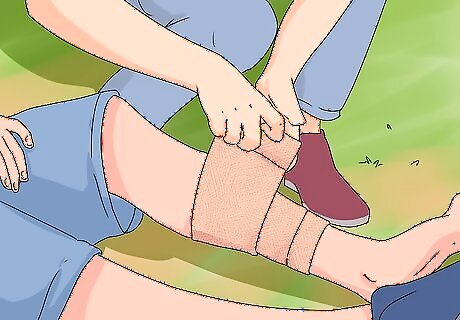
Stop the bleeding. Bites from non-venomous snakes are unlikely to be life threatening, but they still require first aid treatment to prevent infection. Treat a non-venomous snake bite like a puncture wound; the first step is to apply firm pressure to the wound with a sterile gauze or bandage, so you don't lose too much blood. Don't treat the bite as a non-venomous bite unless you're absolutely sure that the snake was not venomous. If there's any doubt, it's important to get medical attention right away.

Clean the wound carefully. Wash it with clean water and soap for several minutes. Rinse the wound thoroughly with more water, then wash it again. Pat it dry with a sterile piece of gauze. Use an alcohol-soaked pad if one is available.
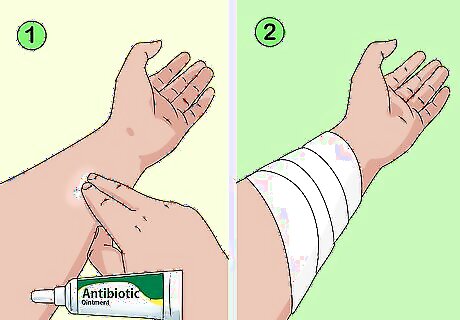
Treat the wound with an antibiotic ointment and a bandage. Apply a thin coating of antibiotic ointment to the clean wound. Then bandage the wound. This will protect it and help to prevent infection.
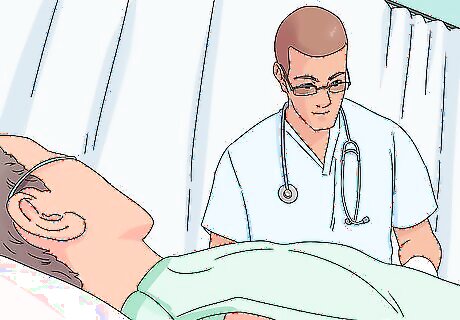
Seek medical attention. Your doctor will make sure that the bite is cleaned and cared for properly. Feel free to ask him or her if further medical care is needed, including whether or not you need a tetanus shot.
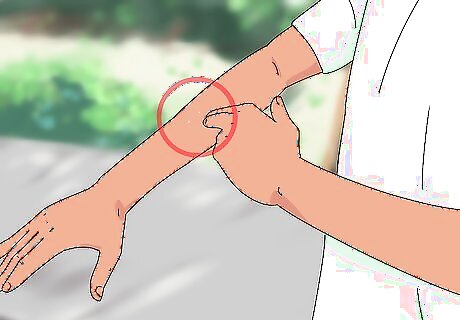
Pay attention to the wound as it heals. Even non-venomous snake bites may lead to infection. Look for any signs of infection such as redness, streaking, swelling, drainage, or a fever. If you see any, return to your doctor to get it checked out.
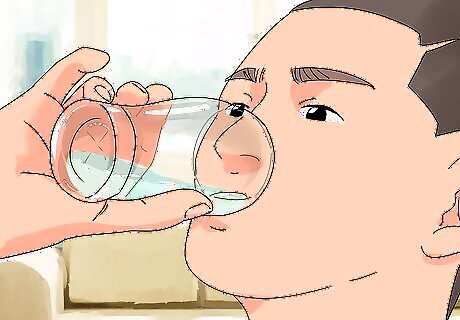
Drink plenty of fluids as you heal. It's important to stay properly hydrated as your body heals from the snakebite. In general, you should aim to drink about 2 liters of water per day.
Understanding Snakes and Their Bites
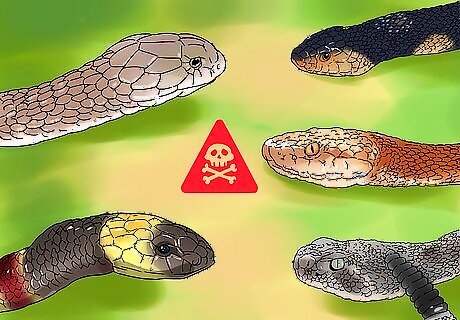
Learn about venomous snakes. Most snakes are not venomous, but all snakes can bite. The most common venomous snakes are cobras, copperheads, coral snakes, cottonmouths (water moccasins) and rattlesnakes. While most venomous snakes have a triangular shaped head, the only real way to know if a snake is venomous is to be able to identify it or locate the fang glands on a dead snake.

Determine if you are in a region where venomous snakes live. Cobras are found in Asia and Africa. Copperheads are found in the southern and eastern portions of the US, and parts of Australia and Asia. Varieties of coral snakes can be found in the southern US, parts of India and SE Asia, China, and Taiwan. Cottonmouths, or water moccasins, are found in the Southeast US and rattlesnakes range from the southern parts of Canada and extend all the way down into Argentina. Certain areas of the world, such as Australia, have a higher concentration of highly venomous snakes than others. Remember that venomous snakes can and do live in cities as well as the wilderness, and exercise appropriate caution.

Learn about snake bites. When a non-venomous snake bites, the biggest concern is infection and tissue swelling. When venomous snakes bite, in addition to tissue damage and infection, the concern is the effects of the snake venom. Most snakes will not bite unless they are disturbed or handled by people. Fangs in snakes can be fixed or folded back until the snake bites. Venomous snakes can have either type of fang, although snakes with fixed fangs, such as the coral snake, tend to affect the nervous system, while those with folded fangs, such as rattlesnakes, tend to affect blood cells. All types of snakes have substances that can cause tissue destruction-- if you get bitten by a snake, limiting this damage may be the most critical problem.
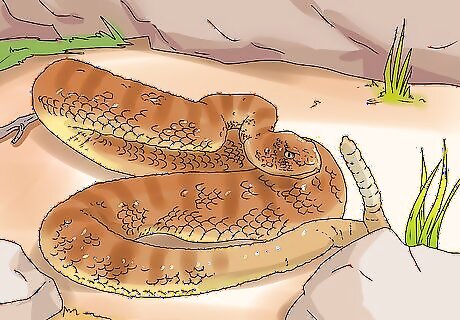
Understand the behavior of snakes. Snakes are “cold-blooded,” meaning they get their body heat from their surroundings and the sun. Because of this, snakes and snake bites are much less common in cooler climates or colder seasons because the snakes are hibernating. Snakes and snake bites are more common the closer you get to the equator because the snakes found in these areas don’t hibernate and are more active during the hotter days.
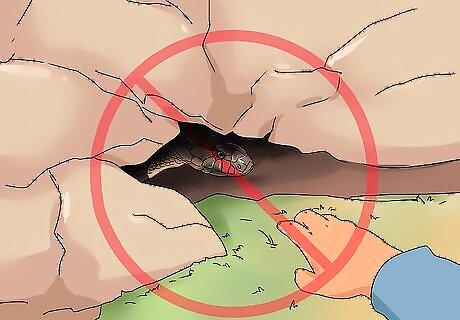
Avoid contact with snakes. The best way to treat a snake bite is to avoid a snake bite. According to wilderness experts, here are the best ways to avoid snakes and their bites: Don’t sleep or rest next to areas where snakes may be hiding. This includes brush, tall grass, big rocks, and trees. Don’t poke your hands into rock crevices, hollow logs, heavy brush, or any place a snake may be waiting for its next meal. Look down as you walk through any brush or tall grass. Don’t try to pick up any snake, dead or alive. Snakes have a reflex where they can bite for a minute or so after they are dead...strange but true! ALWAYS wear hiking boots to cover your ankles and keep your pants legs tucked into your boots. Make noise. Most snakes don’t want to see you anymore than you want to see them! To ensure that you don't scare a snake, make sure they can hear you coming.
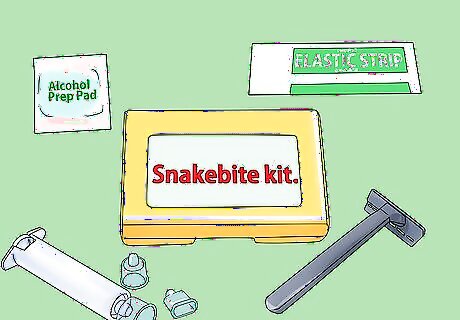
Purchase a snakebite kit. If you are a frequent hiker or wilderness explorer, consider investing in a snakebite kit that includes a pump suction device. Do not use kits that include razor blades or suction bulbs.













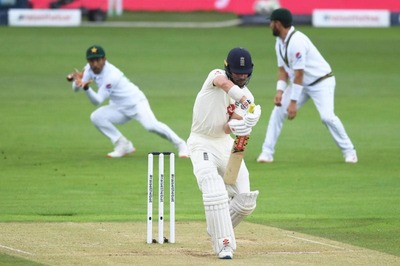

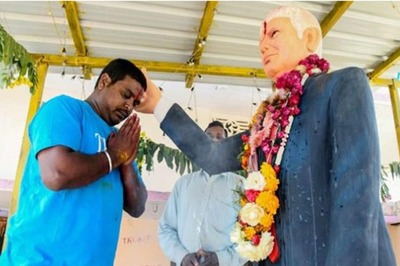
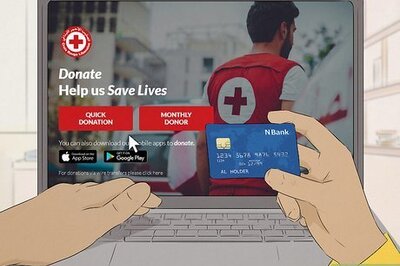
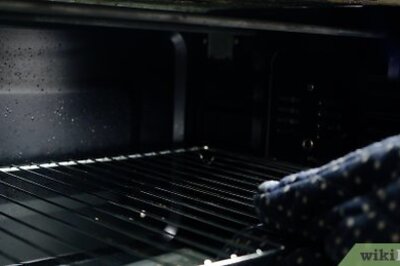
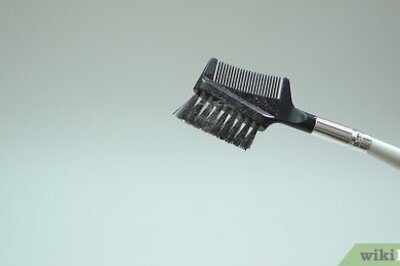
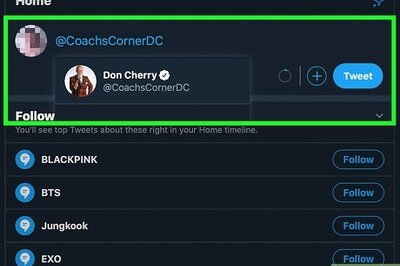
Comments
0 comment